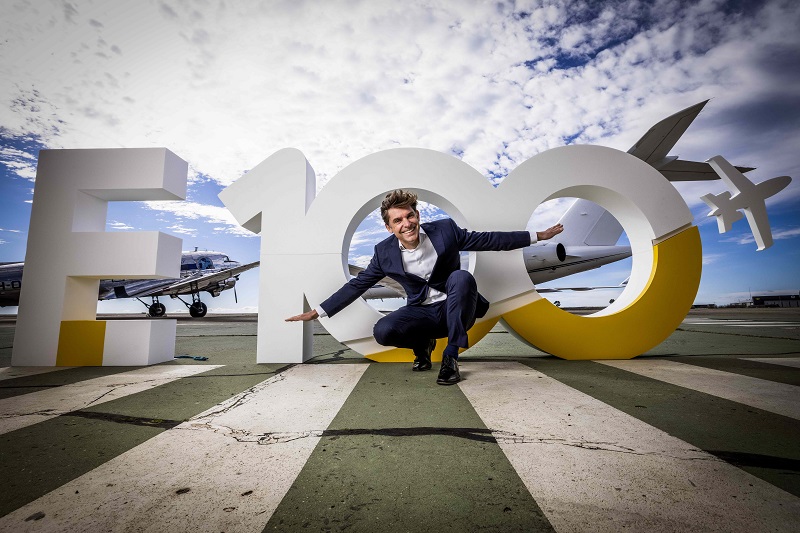After hosting the Queen and The Beatles, Essendon Fields Airport now has ambitious plans to accommodate 20,000 workers by 2040 as it continues its evolution as a major Melbourne business precinct.
The airport unveiled the target at a celebration of its centenary Wednesday that looked back at past glories as Victoria’s international gateway as well as its status today as a critical aviation hub.
As Melbourne’s international airport before Tullamarine, Essendon welcomed the Queen on her visit to Australia in 1954, athletes arriving for the 1956 Olympics and 5000 screaming fans as The Beatles arrived in 1964.
READ: Landmark Australian airshow postponed until 2023
Today it is Victoria’s largest base for emergency service aircraft and has become a business mecca with Australia’s biggest collection of car dealerships, supermarkets, discount retailers, hotel facilities and more.
It has evolved into precincts that include a central business district, a retail hub, an auto hub, an emerging technology park and the central hangars and aviation zone.
The airport continues to offer airline connections to regional destinations and is home to 60 of Australia’s 200 business jets, with Bombardier due to establish its first Australian service center there next year.
“Since 2001, new development and investment at Essendon Fields has transformed the site into a thriving mixed-use business precinct,’’ said chief executive Brendan Pihan, noting that the number of jobs at Essendon had risen from just a few hundred to 6000 since privatization in 2001.
“Our vision is for Essendon Fields to provide the jobs for Melbourne’s burgeoning northwest across a wide range of industries while ensuring that running a safe and viable airport remains at the heart of everything we do,” he said.
The plan is to expand the number of jobs at the airport to 20,000 over the next two decades, capitalizing on its location 12kms from Melbourne’s center and adapting to new aircraft technologies.
“It’s easy to imagine a new era of last-mile logistics and point-to-point human movement, and the role an aerodrome so centrally located – surrounded by nearly 3 million people – may play in enabling those new industries,’’ Pihan said. “It’s only a matter of time.”
Interestingly, changing work practices prompted by the coronavirus pandemic may also play a role in the airport’s expansion.
Pihan believes the trend towards working closer to home rather than congregating in city centers could work in its favor.
“The airport’s onsite business park has reported its lowest office vacancy rate in years, a testament to the growing popularity of the precinct,’’ he said.
“Our vacancy rate across the park today is just 0.2 percent, and we have several new projects in delivery”.
























